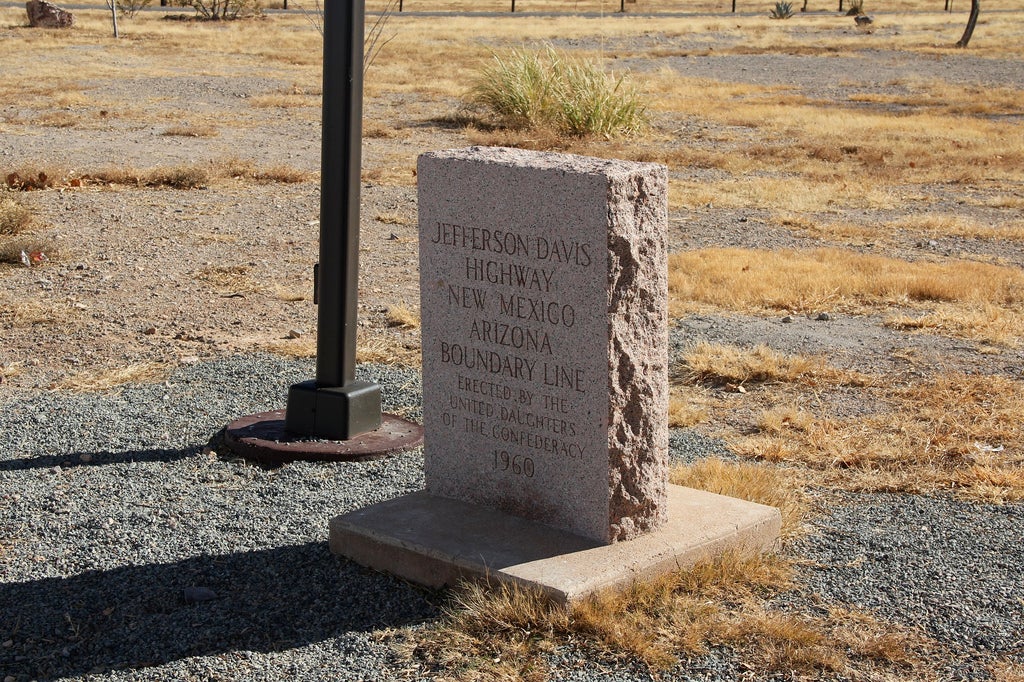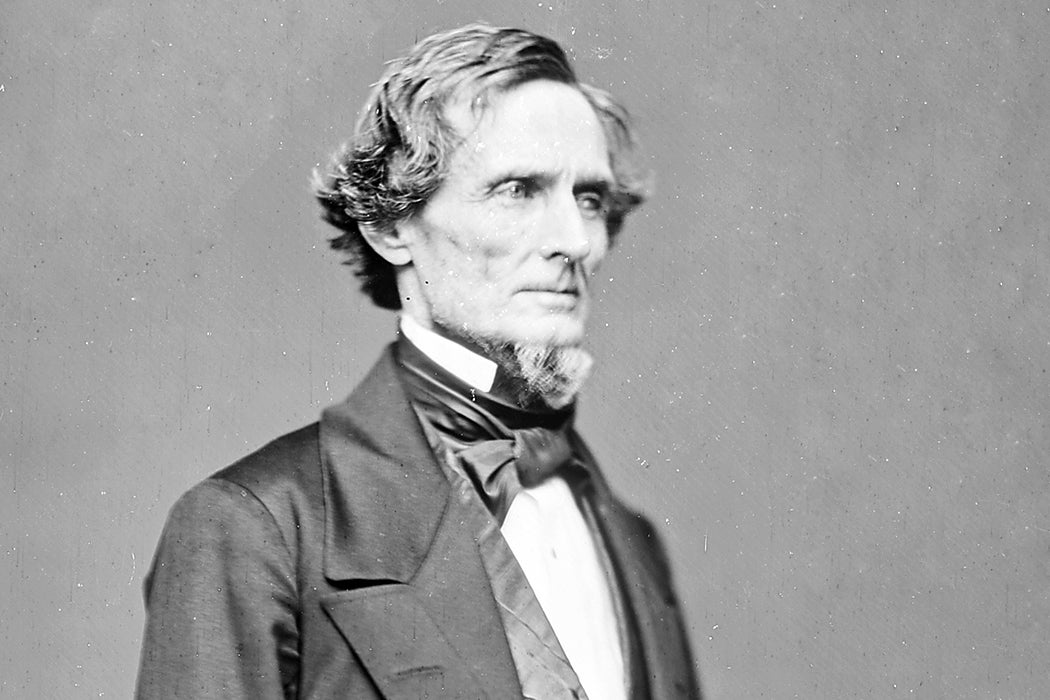After Charlottesville‘s juxtaposition of Confederate and Nazi symbolism, renewed attention has been directed to the many commemorations of the Confederacy. Confederate statues in Baltimore, Austin, Durham, Madison, New Orleans, and elsewhere have since been removed. Some have charged historical revisionism in these actions, evidently not realizing that it was historical revisionism that put such memorials up in the first place.
Before about 1890, Confederate memorials were usually placed in cemeteries of southern towns. After that, particularly during the peak period between 1907-1911, such monuments were placed in town centers and courthouse squares. They were meant as symbols, note Euan Hague and Edward H. Sebesta, of Jim Crow segregation, voter disenfranchisement, and lynching terror. It was a national era of white supremacy and these monuments celebrated this ideology.
These commemorations went largely unchallenged until the Civil Rights era beginning in the 1950s. That struggle for basic civil and voting rights for black Americans sparked a neo-Confederate backlash, resulting in “massive resistance” to democracy in the South. The raising of Confederate battle flags over state capitals and renewed attention to the old monuments date to this backlash, which was skillfully tapped into by Richard Nixon’s “Southern Strategy” and Ronald Reagan’s appeal to “states’ rights.”
It isn’t just statues of Confederate generals. There are parks and buildings named after them as well. And there is the so-called the “Jefferson Davis Highway,” which was never an official designation by either federal or state highway authorities. Hague and Sebesta detail how the United Daughters of the Confederacy started to lay out such a coast-to-coast memorial to Davis in 1913.
Hague and Sebesta argue that the UDC was formed in 1894-95 to shape public memory of the Civil War. The organization promoted the “Lost Cause” mythology of a noble but doomed effort by agrarian Southerners to defend their way of life against an expansionist, industrialized North. In this version of a “War of Northern Aggression,” the slavery of millions of Africans and their descendants was besides the point.

Jefferson Davis, a man who believed that slavery was necessary for both (white) democracy and the economic well-being of a ruling elite, was touted by the UDC as an American patriot. As an example of the UDC’s hagiography of Davis, Hague and Sebesta quote from a poem a member wrote about the highway: “That Chieftan’s way was strewn with rock and thorn,/An outcast was he, hurled by cruel hate,/ From leadership and from his righteous throne!”
The UDC sponsored roadside plaques and monuments across the country to California and up into Washington State, places that had not been part of the Confederacy. In 2002, a white Washington state legislator suggested that a monument for Davis, the first thing a driver heading down Highway 99 from the Canada border saw, had no place on a public highway. As Hauge and Sebesta note, the legislator had to have protection after death threats as a result. Hate mail assuming he was black urged him to return to Africa.
Hauge and Sebesta argue that the freelance actions by the United Daughters of the Confederacy colonized public space in an effort to nationalize Davis as an American hero. They call this piece of Confederate nationalism a component of the long-lived celebration of the “short-lived, white supremacist, slaveholding nation” that was ended more than a century and a half ago. They note many Americans still defend the Confederacy, and that a neo-Confederacy in the twenty-first century has been emboldened to wave its flags once again.







